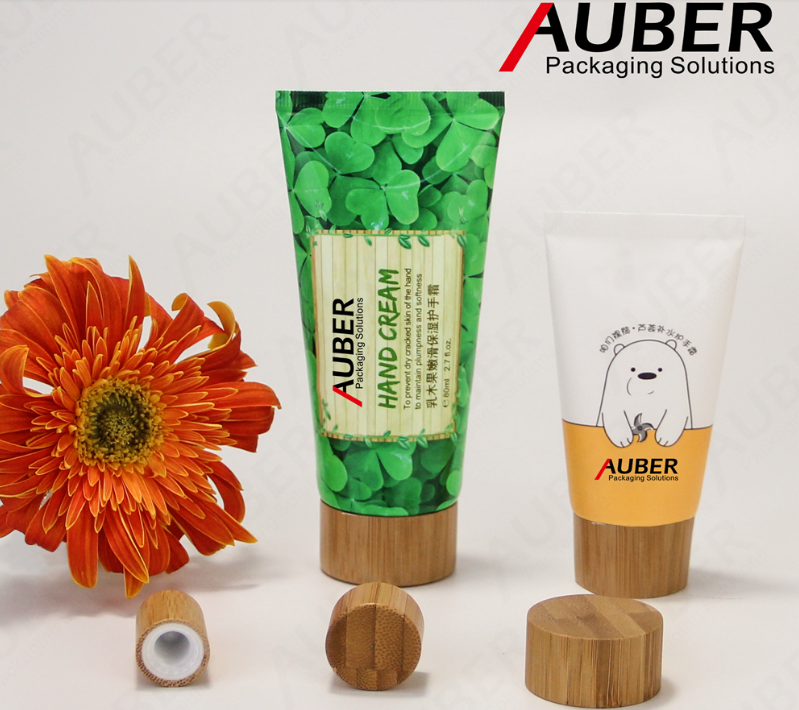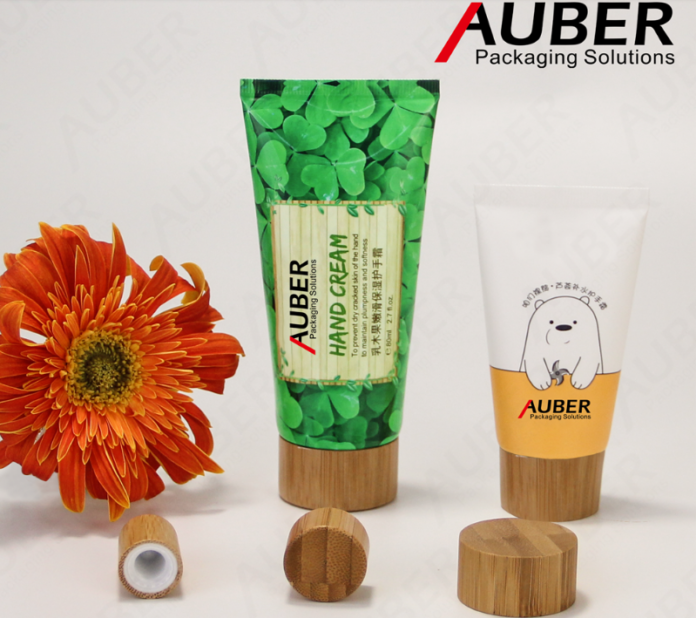Beauty is in the eyes of the beholder. But when it comes to beauty
packaging, the eyes of the customer can be easily lured into buying a product
with an attractive design, the more instagrammable, the better. But that doesn’t
come without other consequences, and the legacy that beauty packaging leaves
behind is far from pretty. More than 120 billion units of packaging are
produced every year by the global cosmetics industry. By 2050 there will be
more plastic than fish in the sea as well as 12 billion tonnes of plastic in landfills, the equivalent to 35,000
Empire State Buildings.
Why is this happening?
Most of the beauty products in the market are a
combination of different materials. Even when the packaging is made of plastic,
it can in fact contain various percentages of different elements. That is why
recycling these products can become a challenge even in more developed
countries. Choosing packaging that is made by a single material can sensibly
increase the recycle rate of beauty waste. In the case of polyethylene, for example, it is
possible to reuse the same products almost endlessly without affecting the
beauty and the properties of its packaging. Luckily for all beauty businesses
out there, it is possible to find a great compromise to meet both standards of
appealingness and design while protecting the environment.
Why is this important?
Promoting the social responsibility of your
company doesn’t necessarily need to be trending against growing your business.
If done correctly, the opposite is often true. Let’s see together 5 reasons for
why investing in eco-friendly packaging for your beauty products can be one of
the best strategies to be competitive in this market.
1. Limited
resources
It would be great to live in a place where
resources are not limited, but this is not the case of our planet. It is
essential to re-use and recycle as many times as possible, and that is possible
with packaging made of polyethylene. L’Oréal, for example, started some years ago to collect empty
containers from its consumers for recycling them. Cosmetic packaging
manufacturers are investing in more environmental-friendly options, and some of
them are doing a great job. That’s the case of Auber Packaging, which is a cosmetic tubes
manufacturer with more than 15 years of experience. The production of
their PBL tubes (Plastic laminated tubes), and PE (Polyethylene) tubes follows the three pillars
known as the “three Rs”: Respect, Reduce, and
Replace.

2. More
competition
Several years ago consumers had less access to
information and could not compare the products of many companies. That is entirely
different from now. When looking to buy a product, the average online user will
search only on a few websites before taking a decision. On Google, the first
domain listed on Page 1 gets just under a third of overall search traffic,
while the seventh listing gets only 3.5 percent. Besides, in more advanced
markets many products are offering similar benefits. If you want to buy nail
polish or hand cream, you just need to go to a retailer or search online to
find as many options as you wish. After having fulfilled the desires on the
bottom of the Maslow’s pyramid of needs, consumers are nowadays looking for
more advanced products and more sophisticated brand images.
3. Focus
on Millennials and GenZ
Often considered a cracked generation,
Millennials, those who were born from 1977 to 1995, try to live more
environmental-friendly lives. We can predict that by 2025 more than 65% of the
European workforce will be composed of Millennials, whose purchase power will
increase soon. The same is true for the Generation Z (the generation after
Millennials), who are even more sensitive to the topic of environmental
sustainability. A common characteristic of these two generations is that they would buy more from responsible brands and
sustainability is for them a shopping priority. In a 2015 survey
on 30,000 consumers from 60 countries organized by Nielsen, 73% of
Millennials said they would agree to pay more for products and services
that come from companies that are committed to positive social and environmental
impact.

4. Consumers
want sustainable brands
In 2017 a study from the BillerudKorsnäs
consumer panel showed that 72% of
consumers around the world are willing to pay more for products with packaging
that brings sustainable benefits. When it comes to sustainability,
they want companies which are investing in bettering the world, are clear about
their efforts, and include them in the process. This creates a sense of a
stronger bond between the brand and the consumers, who will more likely have a
better overall shopping experience and a higher loyalty. Showing that you are
investing in using recyclable packaging is undoubtedly a step forward for a
more significant purpose.
5. Conforming
to global and national regulations
The European Union wants 55% of all plastic to
be recycled by 2030, up from 30% today. This plan is even more critical after
China banned the import of plastic waste since the beginning of 2018. For the
European governments, the two main strategies to cope with this block are to
incinerate or to dump plastic. Several member states are taking this as an
opportunity to create a stronger market for secondary plastic and plastic
waste. There are countries which have already achieved a more than good recycle
rate.
How can you contribute and
benefit from this?
Listening to what your customers are asking for
while promoting more cost-friendly products is like catching two birds with one
stone. You win with either one, but you
get even more by combining them together. An even better choice to get
ahead the competition is not only choosing the best material and design but
also combining it with the most convenient shape. In this case, we can
recommend cosmetic tubes.
Key facts about the global
tube packaging market:
1. It is expected to reach US$10.96 billion by 2023;
2. It was valued at US$7.14
billion in 2017;
3. With a Compounded Average
Growth Rate (CAGR) of 7.4% between 2018 and 2023;
4. In 2017, the European
tube packaging market had the most significant share among other regions;
5. In European countries, there are
over 45% of the tubes used in the personal care and cosmetics industry, in that
21% each in the toothpaste segment and the pharmaceutical industry;
Based on the facts and the reasons we just saw, we
can recommend you invest in more
environmental-friendly cosmetic tubes. When doing so, it is essential to
select a trustworthy and reliable manufacturer. Auber Packaging, for example, is an ISO9001 certified contract
manufacturer offering private label cosmetic tube packaging. They produce cosmetic tubes,
private label plastic tubes, metal cosmetic tubes and aluminum plastic
laminated tubes to be used in cosmetics, skincare, hair care, lip gloss and
many more sectors.
They can offer private label and contract packaging services, as well as tube design, production, printing, labeling, hot-stamping, making orifice, foil seal or tail seal, assembling, delivery, and many more. In their 15 years as a manufacturer, they have served hundreds of customers from all over the world and have been praised for their strong modeling capability and short lead time. If you want the packaging of your product to be recyclable and still have the printing effect of aluminum plastic laminated tubes (ABL), you can change to PBL tubes (Plastic laminated tubes). PBL tube’s material is also made of PE, while it can be printed in flat and then welded. So you can still ask them to print the CMYK color model with very complicated designs.





